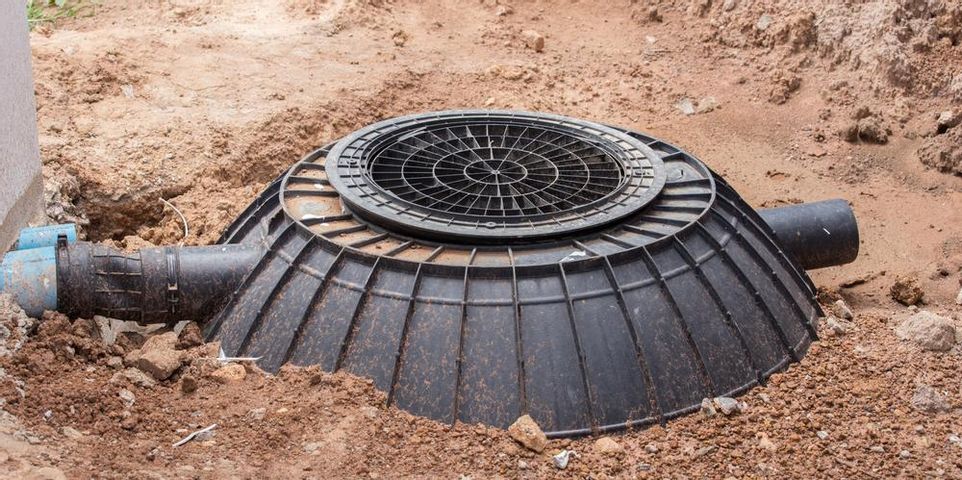
When you cannot connect to a municipal wastewater system, a septic tank is often your best solution. It stores and treats liquid and solid waste and then releases the treated wastewater safely into the ground. If you wonder how this plumbing concept was developed, the guide below explains its history.
A Brief Explanation of the Septic Tank
Origins
A French man named Jean-Louis Mouras first invented the septic tank in about 1860. Clay pipes transported waste from a commode inside his home to a concrete tank outdoors so that he could relieve himself conveniently during inclement weather.
After using it for ten years, he took it apart to inspect the contents. Inside, he found little solid waste. Instead, it was mostly liquid with a thin sludge layer on top. The results surprised him, so he began perfecting the design in tandem with a scientific expert. In 1881, he was granted a patent on the design.
The Post-War Boom
Septic tanks arrived in the U.S. in 1883 following Mouras' design, but it was not until after World War II that they really took hold. They were inexpensive to build and became extremely popular as the United States economy experienced a post-war boom. However, the materials used did not last forever; by the 1960s, early installations were crumbling. Therefore, manufacturers sought new materials.
Today
 Modern septic tanks separate waste material into three categories: solids, greasy scum, and wastewater, also known as effluent. The solids settle to the bottom, where they are consumed by microorganisms. The scum layer lingers near the top of the tank. Meanwhile, the effluent passes through a filter on the way to a drain field.
Modern septic tanks separate waste material into three categories: solids, greasy scum, and wastewater, also known as effluent. The solids settle to the bottom, where they are consumed by microorganisms. The scum layer lingers near the top of the tank. Meanwhile, the effluent passes through a filter on the way to a drain field.
These modern tanks are far more durable than the original models—typically made of concrete or fiberglass. Meanwhile, the connecting pipes are composed of fiberglass, polyurethane, or PVC and can last from 40 years to over a century. To maintain these systems, homeowners should arrange for septic tank pumping every three to five years.
More than 21 million septic tanks are currently in use in the United States, nearly one-fifth of all U.S. households. Many homes and commercial buildings in rural areas throughout the country are still being built with these arrangements.
For all your septic system needs, contact Queen's Septic Tank Service in Archdale, NC. They are family-owned and -operated and have served Randolph County and the Greater High Point area since 1986. They specialize in septic maintenance and repair, as well as septic tank installation, pumping, and inspections. Learn more about the company on their website. Call (336) 870-1144 for a consultation.
About the Business
Have a question? Ask the experts!
Send your question

